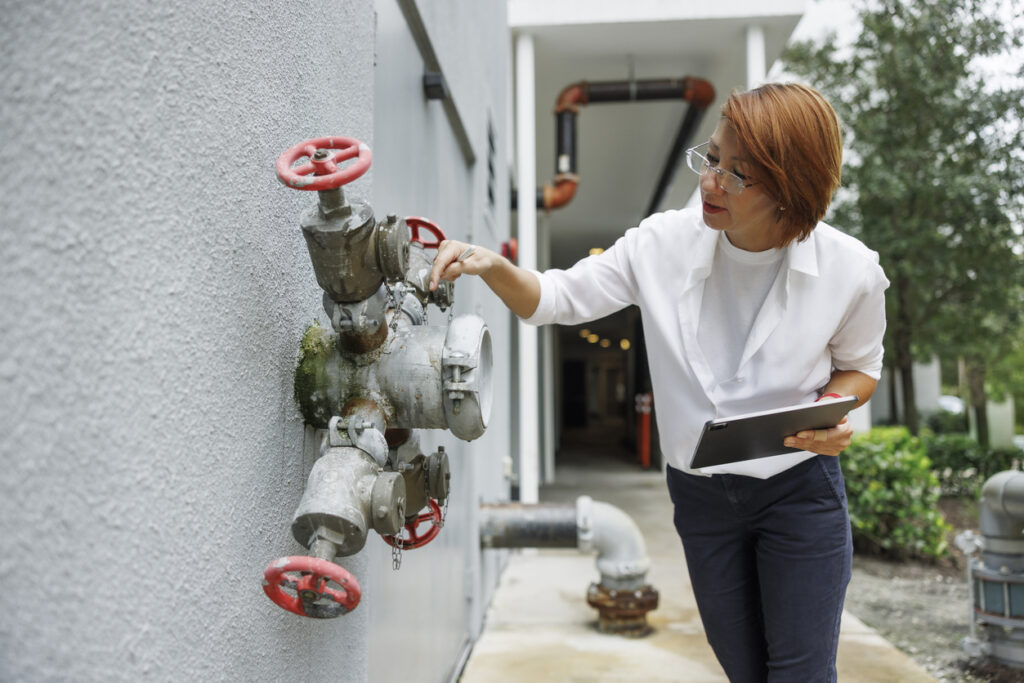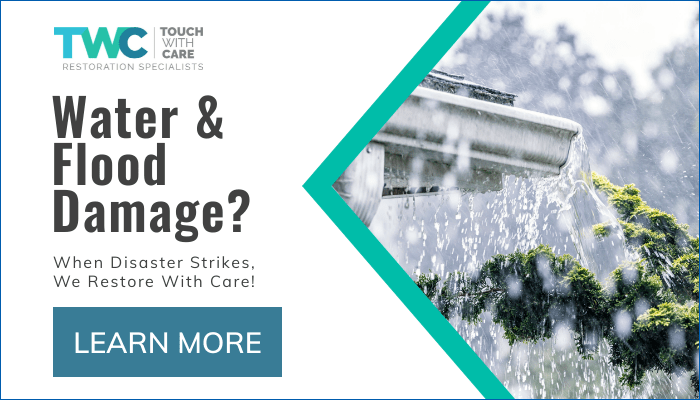Learn professional building leak detection techniques and prevention strategies to protect your commercial property from costly water damage and business disruption.

Common Leak Sources
Understanding where leaks typically occur helps property managers focus their detection efforts. Plumbing systems present numerous potential failure points. Supply lines, especially those hidden in walls or ceilings, can develop pinhole leaks. Aging pipe joints often fail gradually, creating slow leaks that cause extensive damage before discovery.
HVAC systems generate significant condensation. Blocked condensate lines or failing drain pans lead to water accumulation. Regular inspection of these components prevents unexpected overflows. Check connection points and drain lines monthly during peak cooling seasons.
Roofing systems require particular attention. Even minor roof damage allows water infiltration during rain events. Inspect roof membranes, flashings, and drainage systems regularly. Pay special attention to areas around rooftop equipment and penetrations where seals may fail.
Early Warning Signs
Successful leak prevention starts with recognizing subtle indicators:
• Unexplained increases in water bills
• Musty odors in enclosed spaces
• Water meter movement during inactive periods
• Stained or discolored building materials
• Unexplained humidity changes
• Peeling paint or wallpaper
• Sound of running water when fixtures aren’t in use
These signs often appear before visible water damage develops. Quick response to these indicators prevents minor issues from becoming major problems.
Professional Detection Methods
Modern leak detection employs sophisticated technology. Ultrasonic sensors detect the subtle sounds of water escaping from pressurized pipes. Thermal imaging cameras reveal temperature differences that indicate hidden moisture. Pressure testing helps identify leaks in enclosed systems before water damage occurs.
Professional inspectors also use:
• Moisture meters for material testing
• Video inspection for pipe systems
• Tracer gas detection for precise location
• Data logging for usage pattern analysis
Creating a Prevention Program
Effective leak prevention requires a systematic approach. Start with a thorough building assessment to identify vulnerable areas. Create detailed inspection schedules based on system age and risk factors. Document all findings and maintenance activities.
Essential prevention steps include:
Regular Inspections
- Weekly visual checks of accessible plumbing
- Monthly inspection of HVAC components
- Quarterly roof and drainage system reviews
- Annual professional assessment
System Maintenance
- Replace aging pipe sections
- Update worn seals and gaskets
- Clean drainage systems
- Test backflow preventers
- Calibrate pressure regulators
Emergency Response Planning
Despite prevention efforts, leaks can still occur. Prepare for water emergencies by:
- Marking main water shutoff locations
- Creating emergency contact lists
- Storing essential tools and supplies
- Training staff on emergency procedures
- Maintaining restoration service contacts
Touch With Care provides expert water damage restoration services across Ontario. Our team helps commercial property managers prevent water damage through professional inspection and early intervention. Contact us to develop your property’s leak prevention strategy.


